Hydration in sport
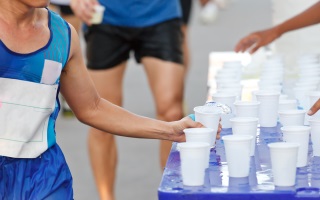 Hydration in sport is vital to replace the loss of fluid that our body perspires, which controls our body temperature as we utilize energy. If we do not replace this fluid we overheat and dehydrate, which may lead to a decrease in performance and an increased risk of injury.
Hydration in sport is vital to replace the loss of fluid that our body perspires, which controls our body temperature as we utilize energy. If we do not replace this fluid we overheat and dehydrate, which may lead to a decrease in performance and an increased risk of injury.
To minimize dehydration, athletes need to drink enough in exercise to match their sweat loss. Read more

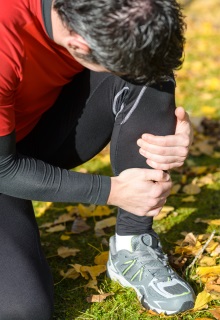
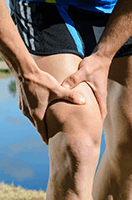 Quadriceps contusion or “cork thigh” is the result of a severe impact to the thigh, often causing deep rupture to the muscle tissue and bleeding occurs, followed by inflammation.
Quadriceps contusion or “cork thigh” is the result of a severe impact to the thigh, often causing deep rupture to the muscle tissue and bleeding occurs, followed by inflammation.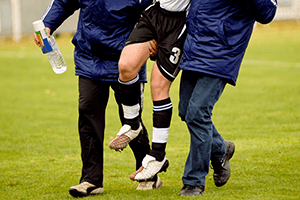 High ankle sprains occur when there is damage to the ligaments or soft tissue membrane that connect the tibia to the fibula (the bones that make up the lower leg). These high ankle ligaments, known as the syndesmosis, connect the two ankle bones together and allow some rotation. The syndesmosis is made up of two ligaments (tibiofibular ligaments) and an interosseous membrane.
High ankle sprains occur when there is damage to the ligaments or soft tissue membrane that connect the tibia to the fibula (the bones that make up the lower leg). These high ankle ligaments, known as the syndesmosis, connect the two ankle bones together and allow some rotation. The syndesmosis is made up of two ligaments (tibiofibular ligaments) and an interosseous membrane. 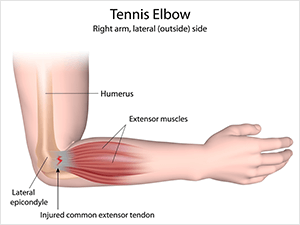 If you suffer from tennis elbow here are some helpful tips for trying to aid recovery and prevent recurrence.
If you suffer from tennis elbow here are some helpful tips for trying to aid recovery and prevent recurrence.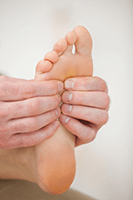 A stress fracture is a tiny crack in a weight bearing bone. It can occur in any part of the body but predominantly occur in the lower leg or feet.
A stress fracture is a tiny crack in a weight bearing bone. It can occur in any part of the body but predominantly occur in the lower leg or feet.